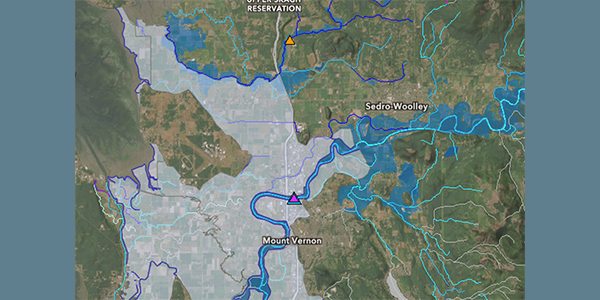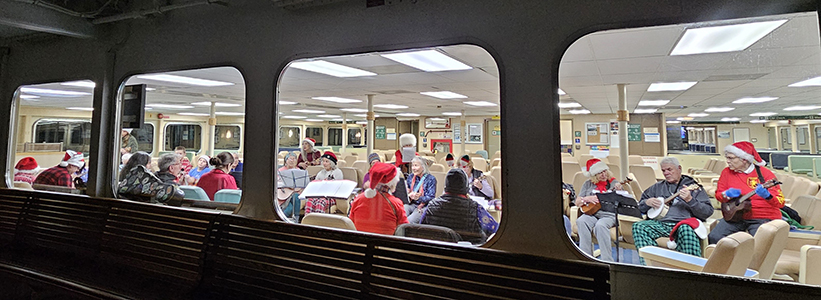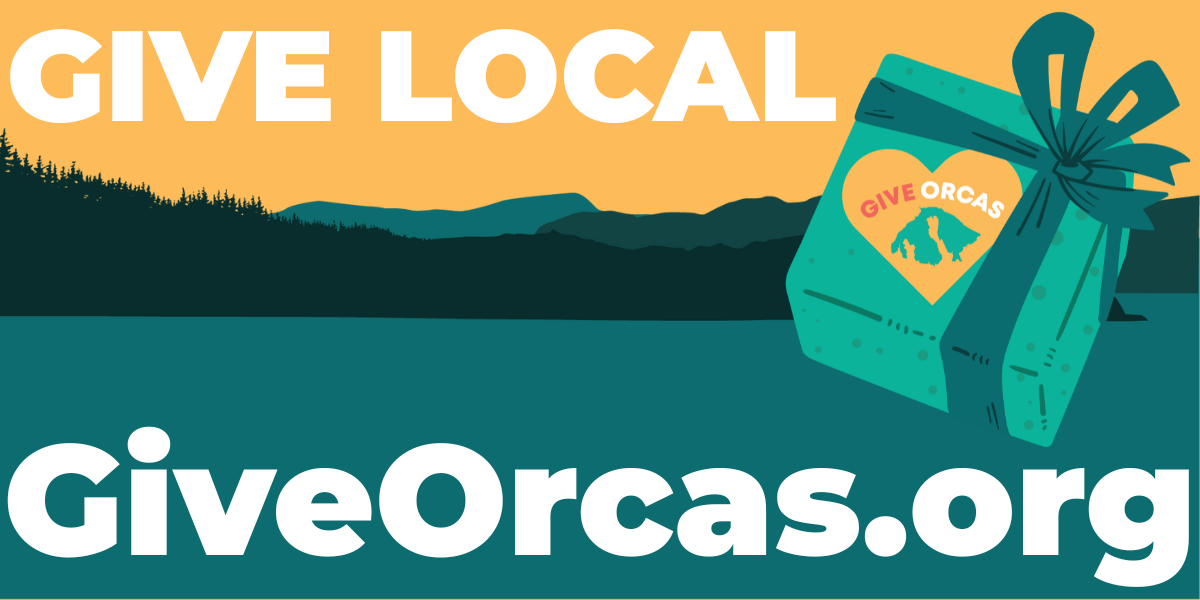— from Suzanne Olson —
OPALCO’s spirit of innovation was recognized this week as the Co-op was awarded a $1 million grid modernization grant by the Washington Clean Energy Fund (CEF). OPALCO is the smallest utility to ever receive a CEF grant. Other recipients include Avista, Seattle City Light, Snohomish County Public Utility District and Energy Northwest.
The award was announced Monday, by Gov. Jay Inslee, with U.S. Energy Secretary Ernest Moniz and U.S. Sen. Maria Cantwell, at the Northwest Regional Clean Energy Innovation Partnership Workshop hosted by the University of Washington and the Pacific Northwest National Lab.
The grant will help fund integration of a .5 MW (or 2 mWh) vanadium flow battery into OPALCO’s grid, to condition and time-shift community solar array output, improve load shape, absorb sudden spikes in energy demand, and backup critical substation and fiber optic systems. This will help the co-op save money and improve grid reliability.
“With these awards, our leading utilities will demonstrate how to integrate battery storage with solar energy and stand-alone energy systems, train the workforce to build and maintain these systems, and lead the industry into the clean energy future,” Inslee said.
The Clean Energy Fund strengthens Washington’s position at the forefront of a clean, low-carbon energy future. Through the fund, the state invests in technologies that save energy, cut costs, reduce emissions and create good-paying jobs.
“This storage project is the next in a strong track record of innovation that started back in 1937, with the formation of the co-op,” said OPALCO’s General Manager Foster Hildreth. “I am very proud of our team as they continue to build the energy and information grid of the 21st century,”
Project planning is in process now for a Co-op owned community solar site with the integrated battery storage system. Installation and commissioning of this system will likely occur in 2018, following OPALCO’s major submarine cable replacement project completion.
To get updates on this project—and to keep informed on all of OPALCO’s work—please subscribe to the Co-op Connector monthly newsletter www.opalco.com/newsroom/email-newsletter-sign-up/.
Orcas Power & Light Cooperative (OPALCO) is our member-owned cooperative electric utility, serving more than 11,000 members on 20 islands in San Juan County. OPALCO provides electricity that is 95% greenhouse-gas free and is generated predominantly by hydroelectric plants. OPALCO was founded in 1937.
**If you are reading theOrcasonian for free, thank your fellow islanders. If you would like to support theOrcasonian CLICK HERE to set your modestly-priced, voluntary subscription. Otherwise, no worries; we’re happy to share with you.**








Leif,
To learn more about vanadium batteries, see an excellent BBC article here: https://www.bbc.com/news/magazine-27829874
Vanadium batteries are real workhorses. They can store large amounts of energy quickly and give it back on demand. They have a nominal life of over 20 years. The battery OPALCO will use is manufactured by UET, a WA innovator, that is using a vanadium electrolyte developed at the Department of Energy’s Pacific Northwest National Lab, and further refined by UET.
Regarding your question about the specs – the battery can supply .5 MW (million watts) maximum, for 4 hours (.5 X 4 = 2 MWh million watt-hours). The MW specifies the batteries power, the MWh specifies the batteries energy. Energy is power delivered for some period of time. For example, a 100 W lightbulb consumes 100 W of power, and if left on for 1 hour would have consumed 100 watt-hours of energy. Left on for 10 hours, it would have consumed 10 X 100 = 1,000 watt-hours, or 1 kilowatt hour, also referred to a 1 kWh. A MWh is 1,000 kWh.
As an interesting factoid, the Co-op’s 11,200 members consume about 200 million kWh of energy each year. Most of that in the winter, when demand can reach 70 MW on really cold days.